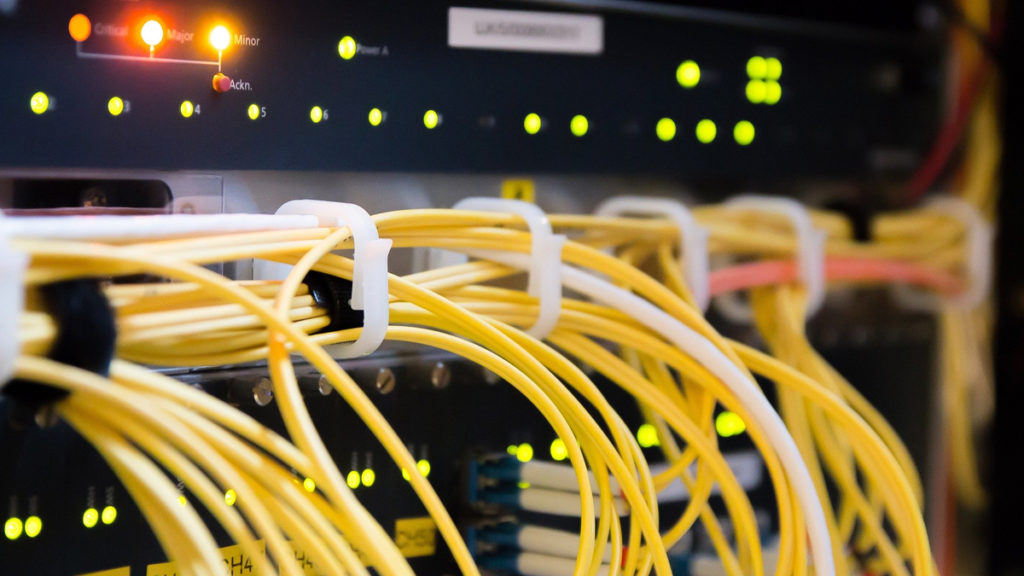Image: jarmoluk (Pixabay)
Few of us will be able to enjoy the privilege, but the Ethernet Technology Consortium (ETC) – which counts Arista, Broadcom, Cisco, Dell, Google, Mellanox, and Microsoft as members – has made its new 800 Gigabit Ethernet specification official. This is a massive leap from the 25 and 50 Gigabit speeds that the organization was originally founded to develop and manage (the ETC was originally known as the 25 Gigabit Ethernet Consortium, but it had to change its name due to ever-increasing speed ceilings).
“Ethernet is evolving very quickly and as a group, we felt that having 25G in the name was too constraining for the scope of the consortium,” said...
Continue reading...
